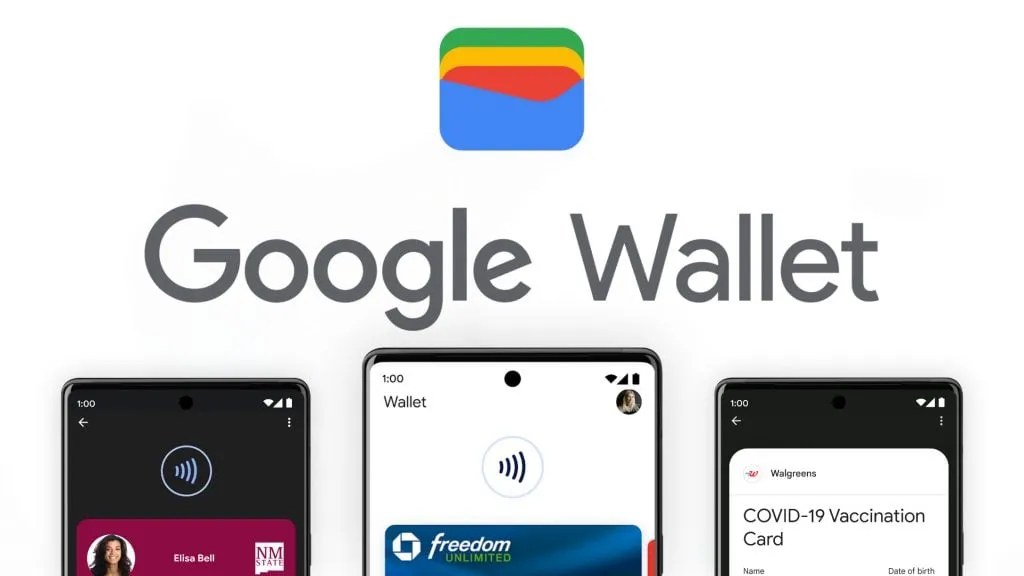Google Wallet Expands Digital ID Support to New Mexico
Google continues to revolutionize how we carry our identification documents with its latest expansion of digital ID support in Google Wallet. The six included states are now California, Arizona, Colorado, Georgia, Maryland and New Mexico, all of which have digitally transformed state issued ID as a result.
The integration of digital ID support in New Mexico marks a significant milestone in the state’s modernization efforts, offering residents a secure and convenient way to carry their identification documents digitally. Tracing back to the current trend of government services that are being transformed digitally and personal identification management, it is this advancement as a proof of its progression.
The Evolution of Digital Identification
For New Mexico residents, accessing this new digital ID support feature is remarkably straightforward. All that users have to do is open Google Wallet, then select ‘Add to Wallet,’ then choose ‘ID’ from the available list. Their physical ID is captured to verify their ID with photos on both sides and a short video of them taking a selfie for security.
It’s worth noting that it’s a fast verification process in this implementation. Within minutes of completing these steps, users receive confirmation that their digital ID support is active and ready for use, seamlessly integrating into their existing Google Wallet setup alongside payment cards and other digital credentials.

Expanding Horizons with Passport Integration
In an exciting development, Google Wallet’s digital ID support is extending beyond state-issued identification to include U.S. passport integration. The digital passport storage feature, currently rolling out to users, helps individuals cut through the normal travel hassle to speed through TSA checkpoints that participate in the program.
The passport integration represents a significant expansion of digital ID support capabilities, though Google maintains its recommendation for travelers to carry physical identification documents until digital alternatives gain wider acceptance across different venues and contexts.

Implementation and Practical Applications
While New Mexico law still requires physical identification for certain situations, such as law enforcement interactions and age verification, the state’s adoption of digital ID support through Google Wallet represents a progressive step toward digital transformation. The NM Verifier app, which allows for smartphone based identification verification, is now being used an increasing number of businesses and TSA checkpoints.
The introduction of digital ID support in New Mexico reflects a broader trend toward digital transformation in government services and identification management. The convenience versus security balance in this implementation is that residents can view and present their identification with great convenience, retaining the security of the protection of their personal information.

Looking Toward the Future
The success of digital ID support in early-adopting states like New Mexico paves the way for broader implementation across the United States. State after state is starting to realize what they can do with digital identification solutions and we will see continued expansion of this technology, which could one day help towards nationwide usage.
This is a big step for travelers and residents alike as it facilitates a smooth transition towards seeing biometrics become the new standard for identification. That said, however, digital IDs do offer a lot of benefits, but it’s important to know that they are yet, a complement, not a replacement, for physical identification documents.

Final Thought
The rollout of these features shows how far Google is prepared to go beyond just payment solutions when it comes to digital wallet capabilities. It seems the future of digital identification systems may grow to include even more innovative applications as more states follow, and technology continues its evolution.
A forward looking effort, this digital identification technology would position New Mexico as its residents are given a glimpse of the future of how personal identification will be managed. The more states and institutions accept similar technologies, the more likely the convenience and security of digital IDs will become a major part of our everyday existence.
